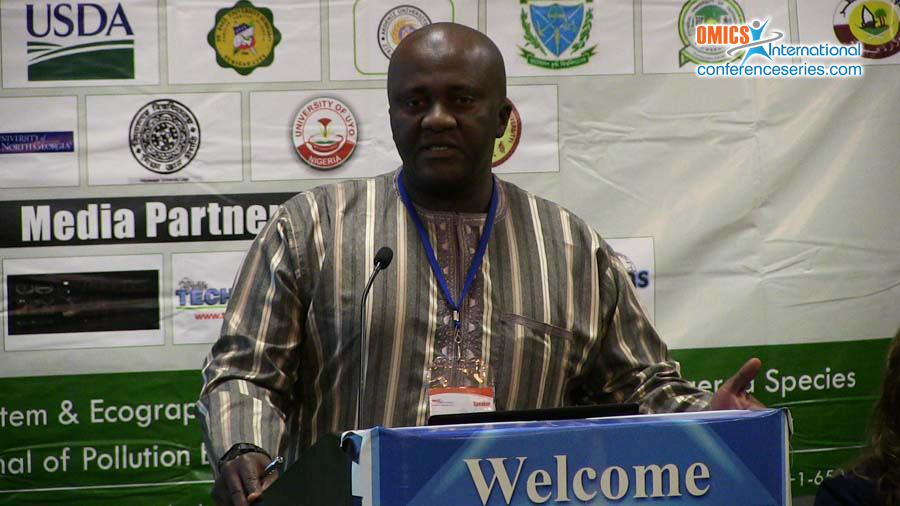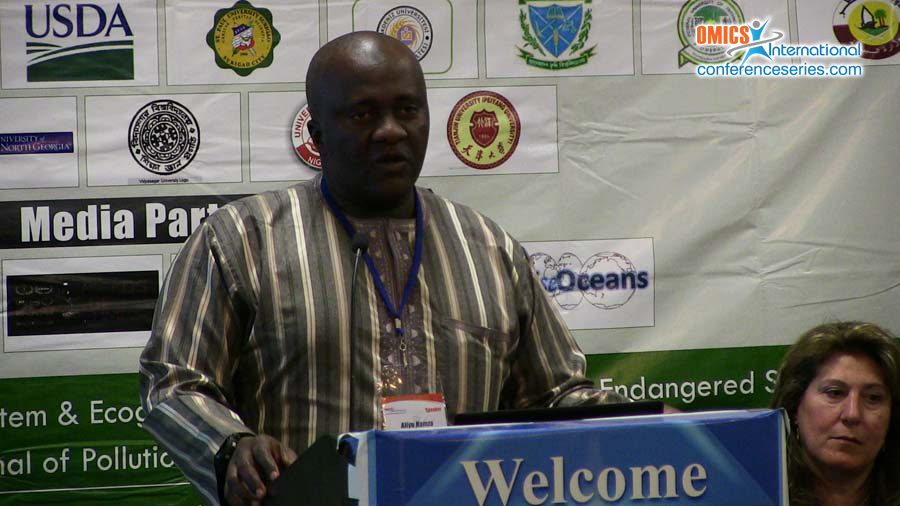
Aliyu Danagalan
University of Portsmouth, UK
Title: Challenges in applying Transboundary Water Assessment Programme-Large Marine Ecosystems (TWAP-LME) indicators to the management and assessment of joint marine fishery resources: The Nigeria-Sao Tome & Principe Joint Development (JDZ)
Biography
Biography: Aliyu Danagalan
Abstract
In 1999, the officials of the Nigerian and Sao Tome & Principe’s governments embarked upon delineating their maritime boundary. They discovered that the two nations’ maritime boundary overlapped as a result of establishing their Exclusive Economic Zone (EEZ); and this area of overlap was found to have enormous hydrocarbon and non-hydrocarbon resources. Several meetings and negotiations ensured and the area of overlap designated a joint development zone (JDZ). The aim of the research is to evaluate the viability and effectiveness of implementing the recently published Transboundary Waters Assessment Programme-Large Marine Ecosystem TWAP LME indicators to the Nigeria-Sao Tome & Principe Joint Development Zone (JDZ)-an area of sub-LME scale- given the characteristics of the JDZ and particularly the extent of Illegal, Unregulated, and Unreported (IUU) fishing around the area. An interview and questionnaire survey was conducted on some selected stakeholders where findings revealed a clear lack of information exchange among critical stakeholders, inadequate attention to living resource exploitation in a joint development designated to cover both living and non-living resources, lack of a coherent mechanism to tackle issues of IUU fishing practices among others and most importantly lack of or ignorance on the use and employment of indicators for marine ecosystem assessment as encouraged by scientists. The analysis further revealed inadequate institutional frameworks in place for designating where the two nations’ jurisdictions starts and ends. This is because some of the stakeholders find it difficult to draw a line to their exact areas of jurisdiction in terms of asserting controls over the transboundary marine fishery resources. Although the 1995 agreement on straddling fish stocks and highly migratory fish stocks is expected to take care of such difficulty; it is noteworthy that some of the Regional Fisheries Management Organisations (RMFOs) around the Gulf of Guinea (GOG) do not have jurisdictions over all the GOG countries thereby making apportionment of control difficult albeit confusing. Results from the survey was further compared and evaluated against international best practices from which recommendations emerged and examples from other successful applications such as the North Sea on the use and deployment of indicators for marine resource assessment especially in joint development context are drawn. It is therefore the conclusion of this paper that lessons learnt, when applied to the research area may simplify these difficulties and probably be applied elsewhere in a similar scenario. While more explicit legal dimension and interpretations of such situations are recommended for further research with a view to identifying where legal instruments such the 1995 agreement are optimal or sub-optimal in terms of proffering adequate solutions to such imbroglios. This is expected to put to rest jurisdictional issues from among a variety of stakeholders in a joint development arrangement over shared marine fishery resources in addition to contributing towards developing sub-LME indicators.



